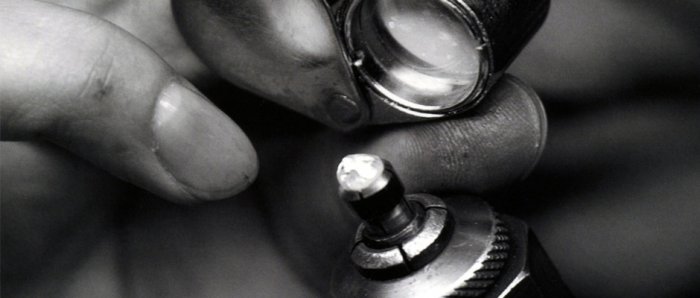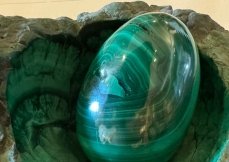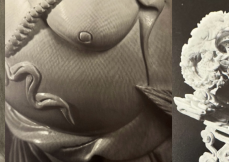
THE SITUATION OF THE DIAMOND SECTOR | EN
The third edition of Bain & Company’s annual report, published under the sponsorship of the AWDC, gives an overview of the situation of the diamond market over these last 5 years, as well as the estimates for the next decade. "The retail sales of diamond jewellery items have still been increasing throughout 2012 in spite of the economic difficulties."
The diamond sector is experiencing constant developments. With the global crisis, the prices have dropped in 2008 and 2009 only to recover a little over the following two years. The diamond sales in jewellery has know an almost 2% rise, but on the opposite, the rough and cut diamond has been under very strong pressure. Between 2011 and 2012, the 148 billion dollar mine production has recorded an 18% drop and the sale of rough diamonds a 17% decrease. The manufacturers have noticed an 8% price drop on average, while the sale of the cut diamonds has gone down by 4% What is surprising is that the manufacture and the sale in jewellery is up by 1.8% with dollars 72.1 billion The prices of rough diamonds have known a 13% increase between 2009 and the first half of 2013, the cut diamonds are up by 6% for the same period with a strong increase in 2011, followed by a slight decrease. China and India have gone through a slowdown in their economies and, on the other hand, the United States and Japan have both been feeling some kind of recovery since the first half-year for 2013. Unfortunately Europe is still lagging behind.
SIGNIFICANT MARGINS
According to an analysis based in the following producers' figures - De Beers, Alrosa, Rio Tinto, BHP Billiton, Dominion Diamond, Petra Diamond, Gem Diamond - and such distributors as Tiffany, Signet, Richemont, LVMH, Blue Nile, Harry Winston and Michael Hill, the profit margins remain significant for the producers - between 16 and 20%, the sale of rough diamonds brings between 1 and 3% to the wholesaler, the cutters having a 2 to 5% margin and those wholesalers In cut diamonds between 1 and 4%. The diamond chai n sale with the Jewellery manufacturers, the profit is between 3 and 5%, and in retail the profit is between 10 and 20% Alrosa remains the biggest producer with 27% of the global production, followed by De Beers with 22%, Rio Tinto with 10%. Then come BHP Billiton with 1% and Dominion with 2% while the various other small producers represent 38% of the production. The global production IS limited to a few regions, mainly in Russia and Africa with 70% of the whole Some African regions are thought to have a more important potential, and the last important mine has furthermore been discovered in 1997 in Zimbabwe. The reserves in volume are as follows Russia produces more than one billion carats, Zimbabwe 200 million, Canada 195 million, the Democratic Republic of Congo 180 million, Brazil 180 million; south Africa 162 million, Australia 151 million, Botswana 140 million, Angola 94 million while the other regions share the remaining 19 million carats If the world production increased by 4% between 2011 and 2012, the incomes went down by 18% owing to prices which were too low.
In the cutting sector, Antwerp, New York and Russia are turning to the top of the range Antwerp has already intensified the modernisation of its cutting facilities, Russia is following the same direction whereas New York IS banking on the domestic market India, which is still the most important cutting centre, has been subject to a decrease in local sales and a 20%devaluation of the rupee. Furthermore, the government has imposed a 2% tax on the Import of rough diamonds. In China, the few cutting workshops, often from Antwerp or Israel, are producing for the Chinese manufacturers, above all for the local market but also for the export of jewellery towards the United States, Europe and south East Asia The quality of the cut is good, compared to India specialised in mass production at unbeatable wages, even for China In Africa, the producing countries are encouraging local manufacturing to have added value in the export of diamonds, even if the wages are not competitive Botswana, with 3,000 cutters is an example of it, and it has been one of the first countries that managed a local manufacture with the help of the DTC Central Africa had a bad experience in 1970 in Bangui. Antwerp has become the undisputed cutting centre for exceptional gems, such as for Instance the 20 carat and above diamonds. The number of cutters IS as follows 200 in New York, 850 In Antwerp, 1,000 in Tel Aviv, 4,000 in Russia, 5,000 in Africa, 50,000 in China and Thailand and 700,000 in India.
|










